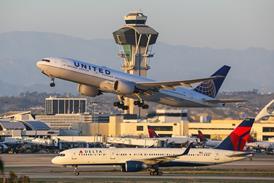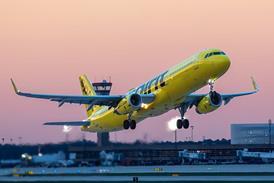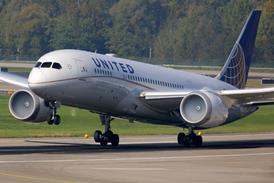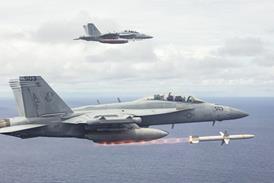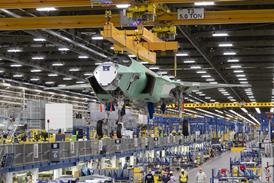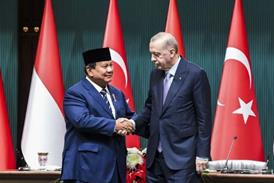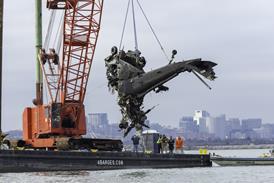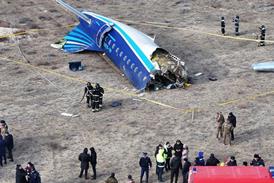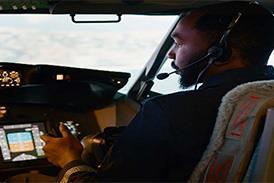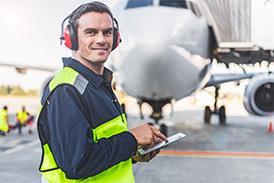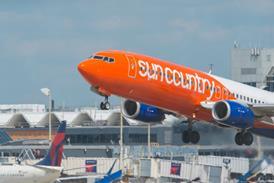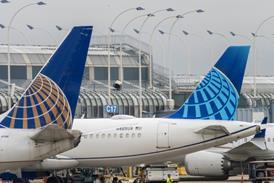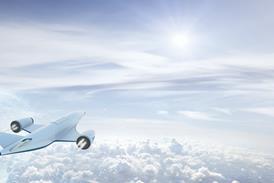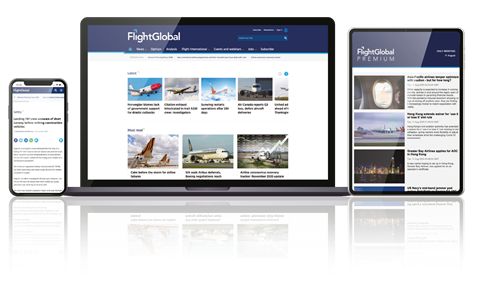Amsafe Bridport has launched a new Installed Physical Secondary Barrier for all commercial aircraft operating under Part 121 rules in the USA. The mandate, due to go into practice in August 2025, is an extra layer of protection to prevent unwanted access to the flight deck.
Neil Stockley, the company’s engineering manager, says that that current practice if one of the flight crew needs to leave the cockpit to use the lavatory is to use a serving trolley and a stewardess to stand there as the captain transfers from the cockpit into the WC.
”There are also a few stipulations,” he said. “One is that there must be a five-second gap to allow enough time for the captain or the crew to transition from the cockpit into the WC while the barrier is deployed. Additionally, there’s a 600lb intrusion load that the barrier has to withstand.
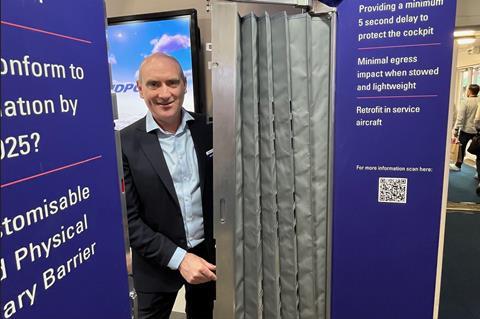
“We believe that we are the first in the world to provide a fabric solution for this secondary barrier. We have a metal frame and then a fabric solution. And because it’s fabric, there’s a perforation requirement, a penetration requirement to meet. – that’s a pair of 4 inch scissors cutting through the barrier,” Stockley adds.
It is not a complete surprise that Amsafe Bridport has come up with this solution given the amount of material science the company has put into cargo netting over so many years. “That’s where our expertise is, that fabric technology,” Stockley says.
While the barrier can be deployed from both sides, it appears likely that a message would be sent to through to the cabin crew to deploy it. And once the cockpit crewmember is back at his/her seat, the secondary barrier can be put away.
Stockley says that Airbus has opted to make the barrier a line-fit solution on the A220. “It is, of course, easily retrofittable, across all passenger aircraft types,” he adds.

